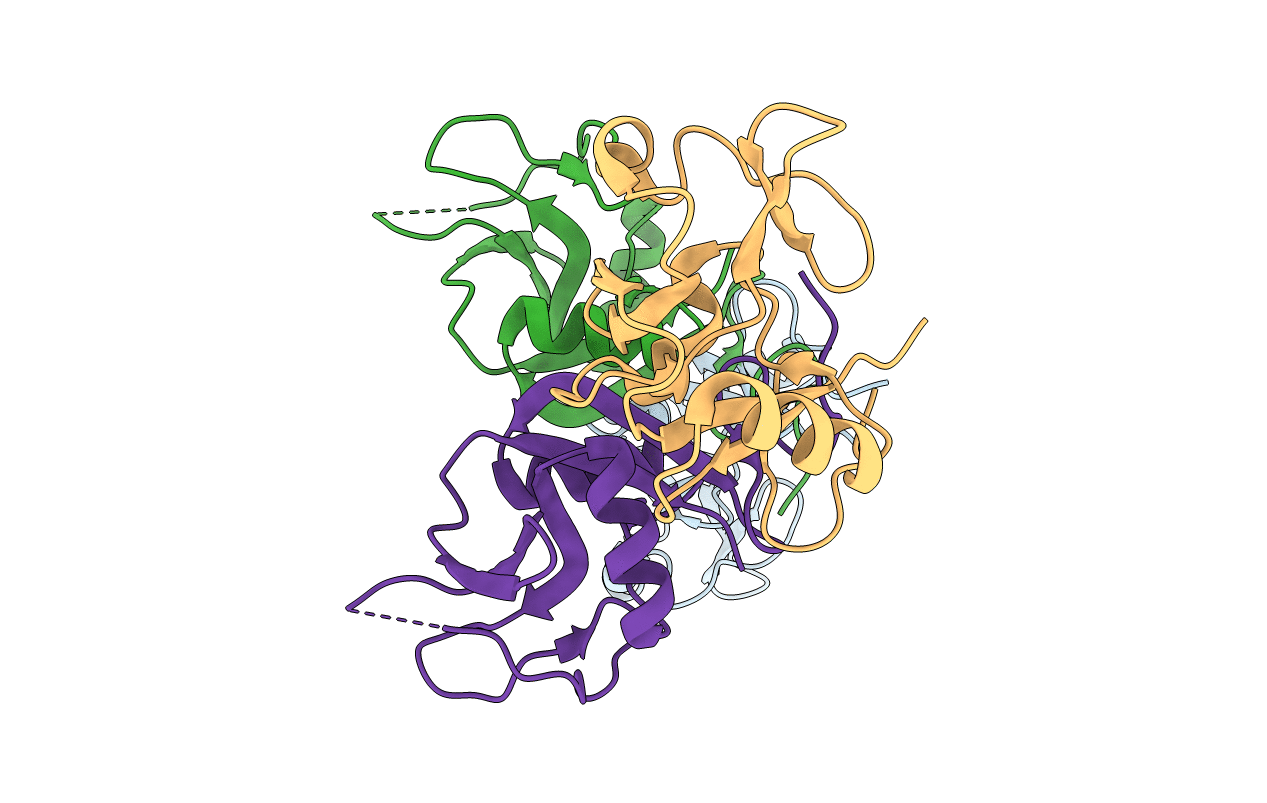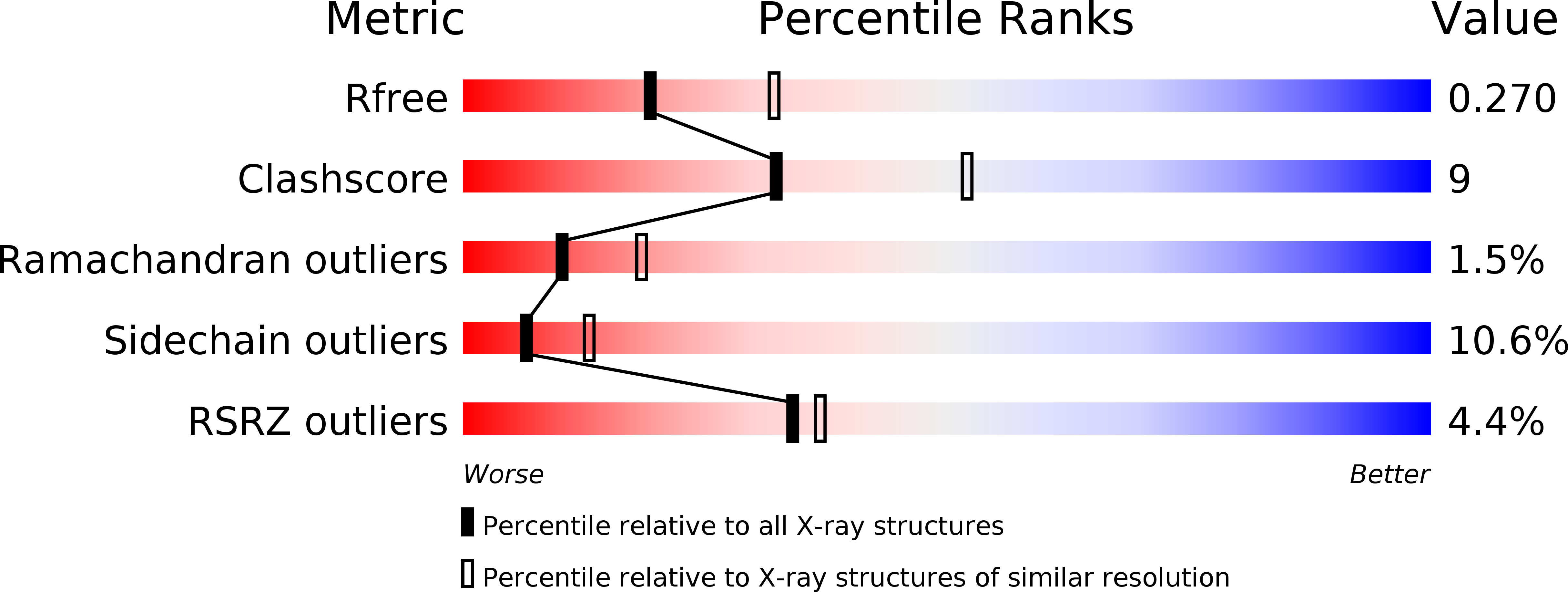
Deposition Date
2007-11-15
Release Date
2008-01-01
Last Version Date
2024-10-16
Method Details:
Experimental Method:
Resolution:
2.50 Å
R-Value Free:
0.27
R-Value Work:
0.23
R-Value Observed:
0.23
Space Group:
P 1 21 1


